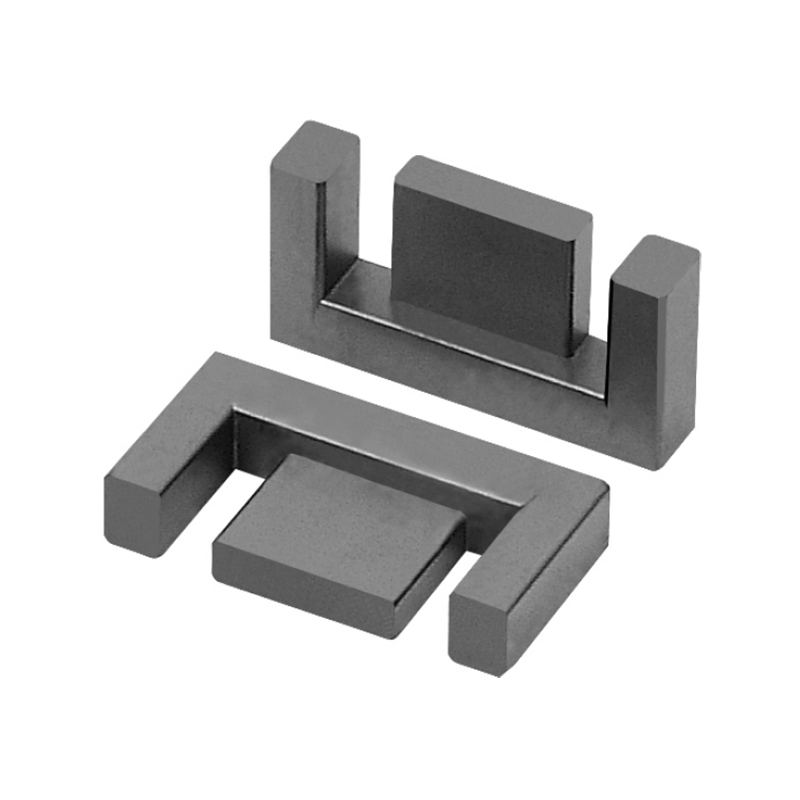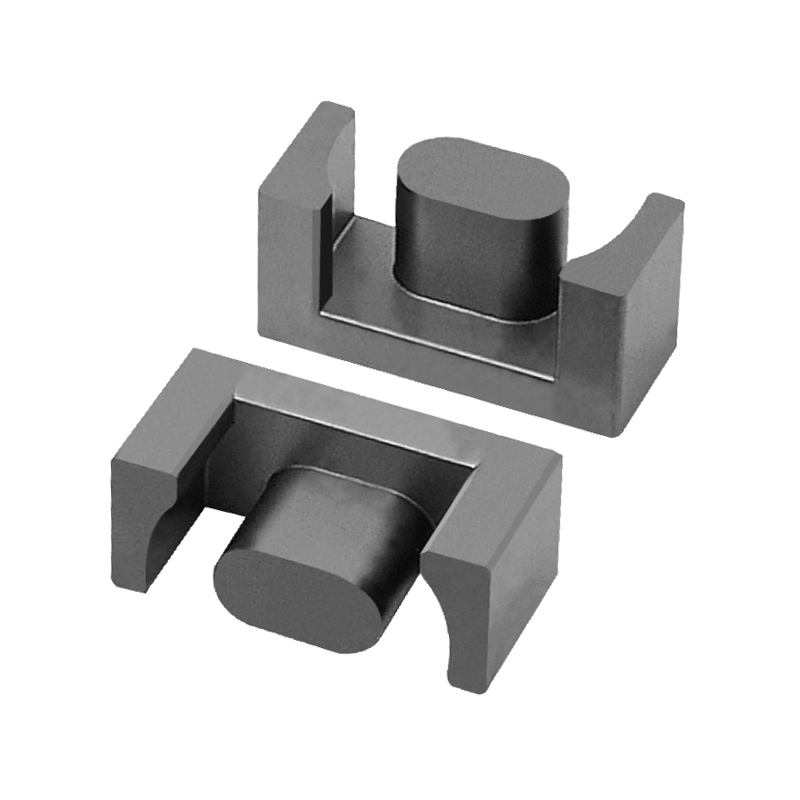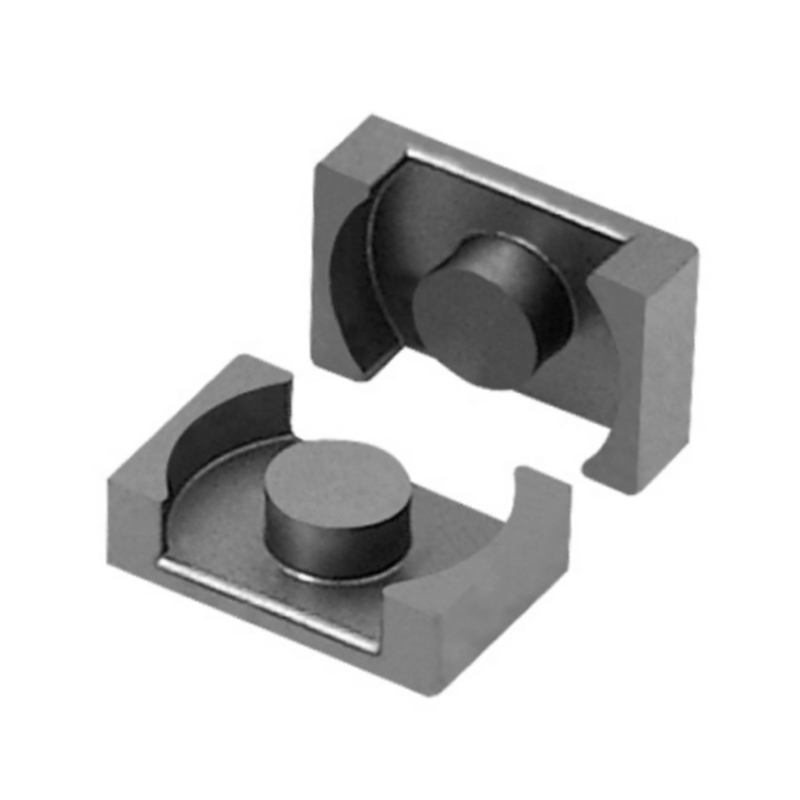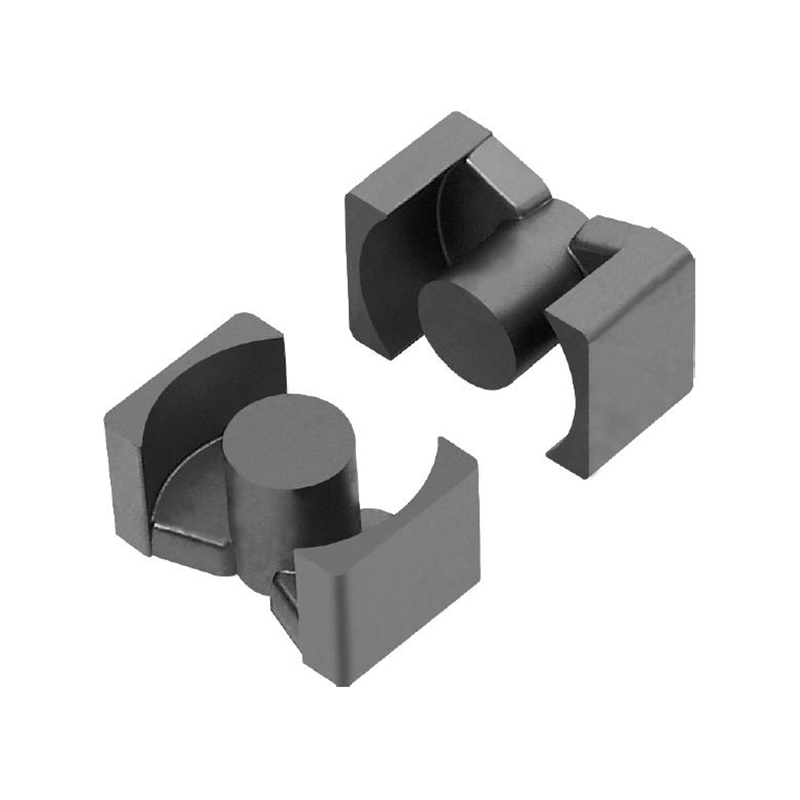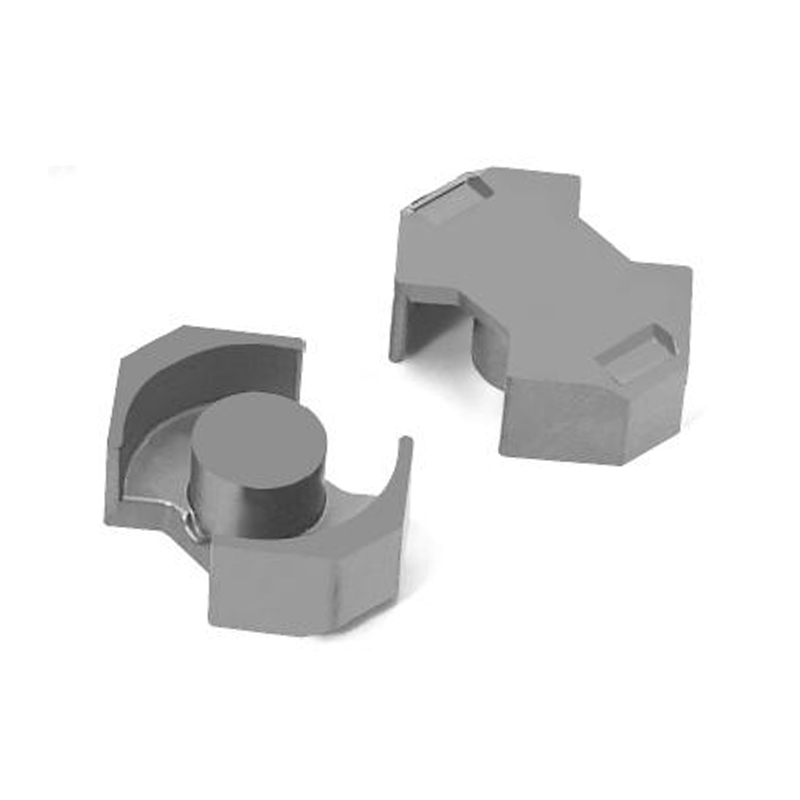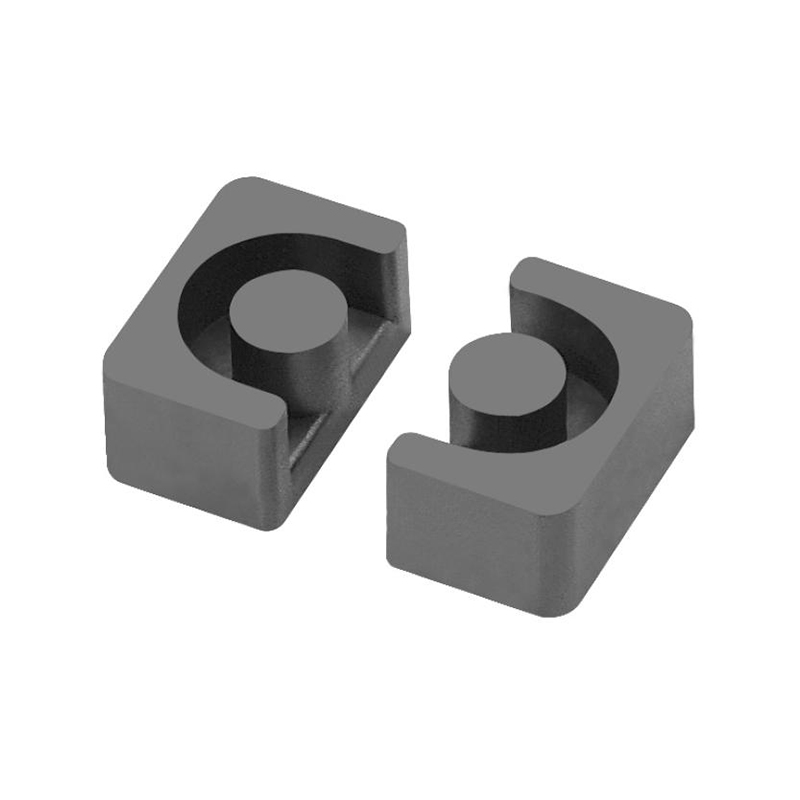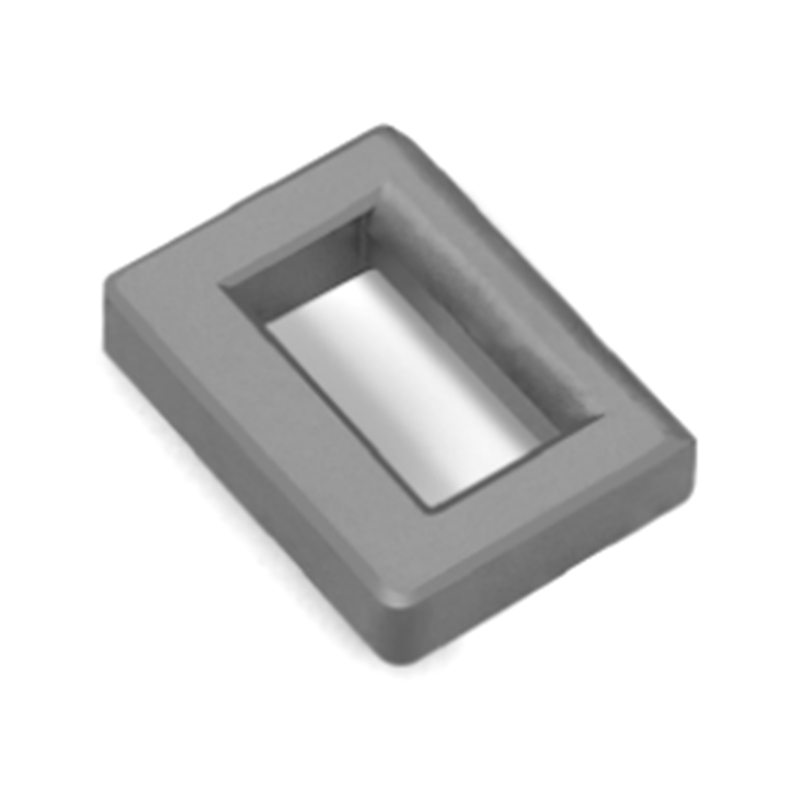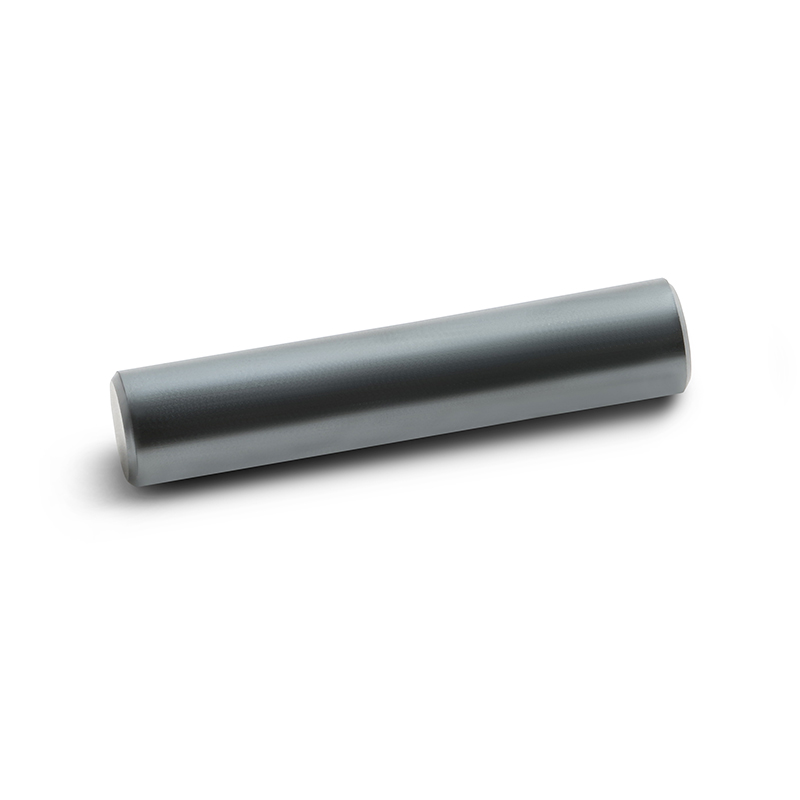What Is Manganese-Zinc Ferrite? Properties, Uses, and Benefits
Manganese-zinc ferrite is a crucial soft magnetic material widely used in electronic components. This ceramic compound, composed of iron oxide (Fe₂O₃), manganese oxide (MnO), and zinc oxide (ZnO), offers exceptional magnetic properties that make it ideal for high-frequency applications.
Key Properties of Manganese-Zinc Ferrite
Manganese-zinc ferrite stands out among magnetic materials due to its unique combination of properties:
| Property | Value Range | Significance |
| Initial Permeability (μi) | 800-15,000 | Determines how easily magnetic flux is established |
| Saturation Flux Density (Bs) | 300-500 mT | Maximum magnetic flux the material can carry |
| Curie Temperature (Tc) | 120-300°C | Temperature at which material loses magnetism |
| Resistivity (ρ) | 1-10 Ω·m | Reduces eddy current losses at high frequencies |
Common Applications of Manganese-Zinc Ferrite
This material finds extensive use in power electronics and telecommunications due to its excellent high-frequency characteristics:
- Switch-mode power supplies: Used in transformer cores for efficient power conversion
- Inductors and chokes: Provides stable inductance with minimal core losses
- EMI suppression components: Effective in noise filters for electronic circuits
- Broadband transformers: Enables signal transmission across wide frequency ranges
- Wireless charging systems: Facilitates efficient energy transfer in inductive charging
Advantages Over Other Magnetic Materials
Compared to alternative magnetic materials, manganese-zinc ferrite offers several benefits:
| Material | Frequency Range | Core Loss | Cost Effectiveness |
| Manganese-Zinc Ferrite | 10 kHz - 1 MHz | Low | High |
| Nickel-Zinc Ferrite | 1 MHz - 100 MHz | Medium | Medium |
| Iron Powder | DC - 100 kHz | High | Low |
Manufacturing Process of Manganese-Zinc Ferrite
The production of high-quality manganese-zinc ferrite involves several critical steps:
- Raw material preparation: Precise weighing and mixing of iron oxide, manganese oxide, and zinc oxide powders
- Calcination: Heating the mixture at 800-1000°C to initiate solid-state reactions
- Milling: Reducing the calcined material to fine powder (0.5-2 μm particle size)
- Pressing: Forming the powder into desired shapes using hydraulic presses
- Sintering: Firing at 1100-1300°C in controlled atmosphere to achieve final density
- Machining: Precision grinding to achieve required dimensional tolerances
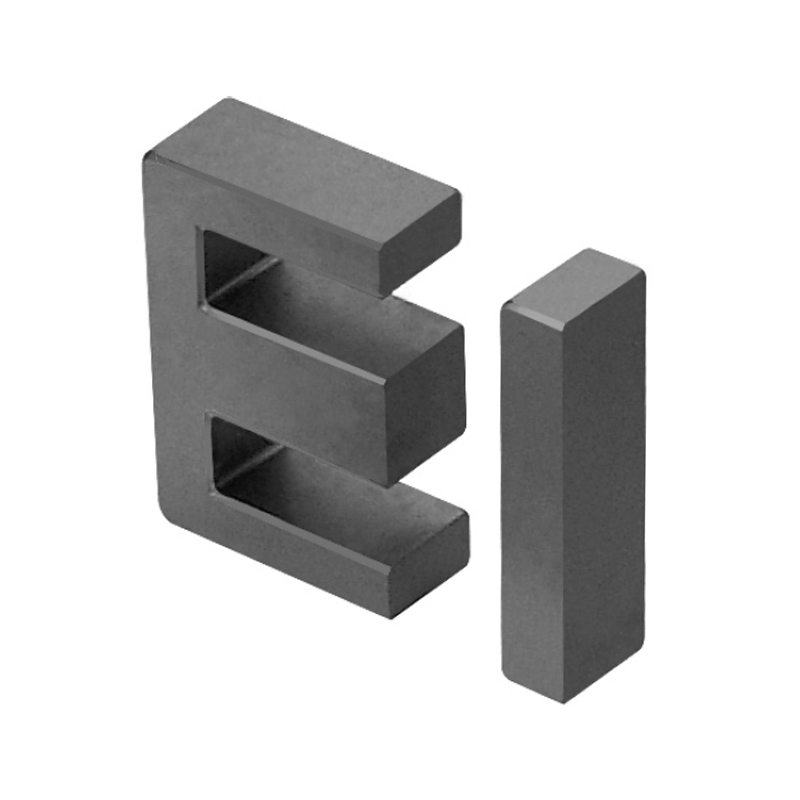
Factors Affecting Performance
Several parameters influence the magnetic characteristics of manganese-zinc ferrite:
- Composition ratio: MnO/ZnO ratio affects permeability and Curie temperature
- Grain size: Larger grains generally increase permeability but may reduce strength
- Density: Higher density improves magnetic flux capacity
- Additives: Small amounts of additives can control grain growth and resistivity
- Sintering conditions: Temperature profile and atmosphere critically affect microstructure
Future Trends in Manganese-Zinc Ferrite Technology
Research continues to improve manganese-zinc ferrite materials for emerging applications:
- Development of low-loss compositions for high-frequency power conversion (up to 3 MHz)
- Nanocrystalline ferrites with enhanced properties for miniaturized components
- Improved thermal stability for automotive and industrial applications
- Integration with flexible electronics for wearable devices
- Eco-friendly manufacturing processes reducing energy consumption
Manganese-zinc ferrite remains a vital material in modern electronics, offering an optimal balance of magnetic performance, cost, and manufacturability. Its continued development ensures it will play a crucial role in power electronics and telecommunications for years to come.

 中文简体
中文简体